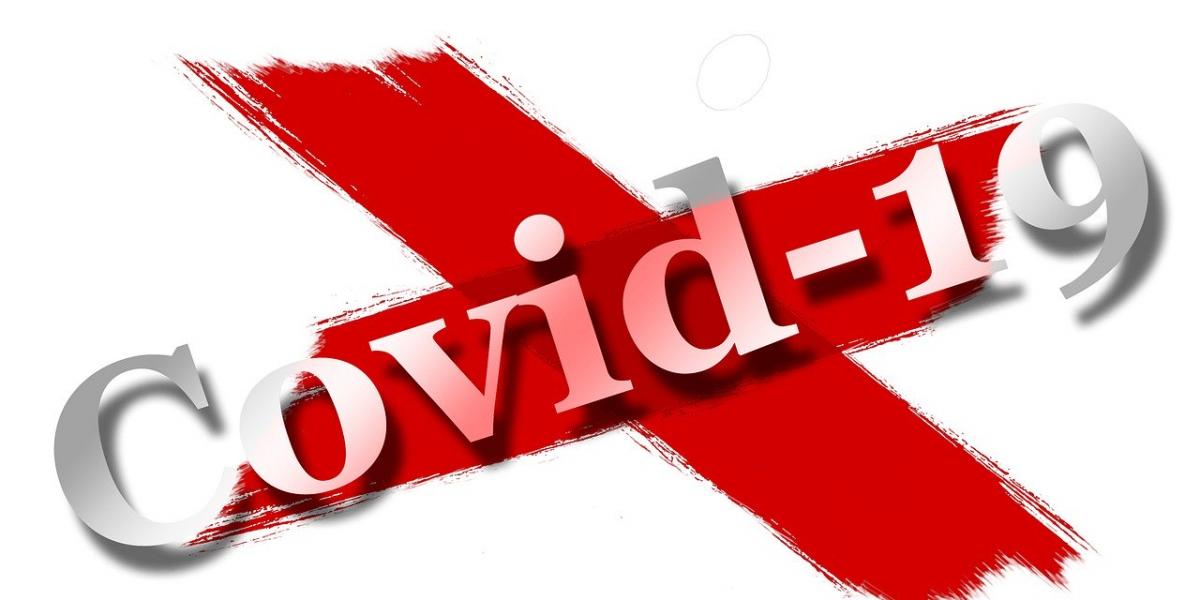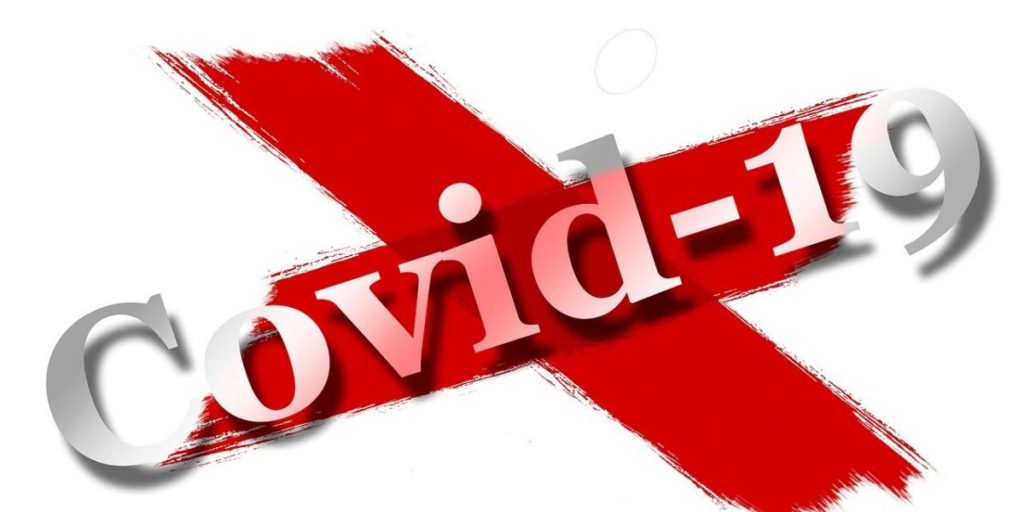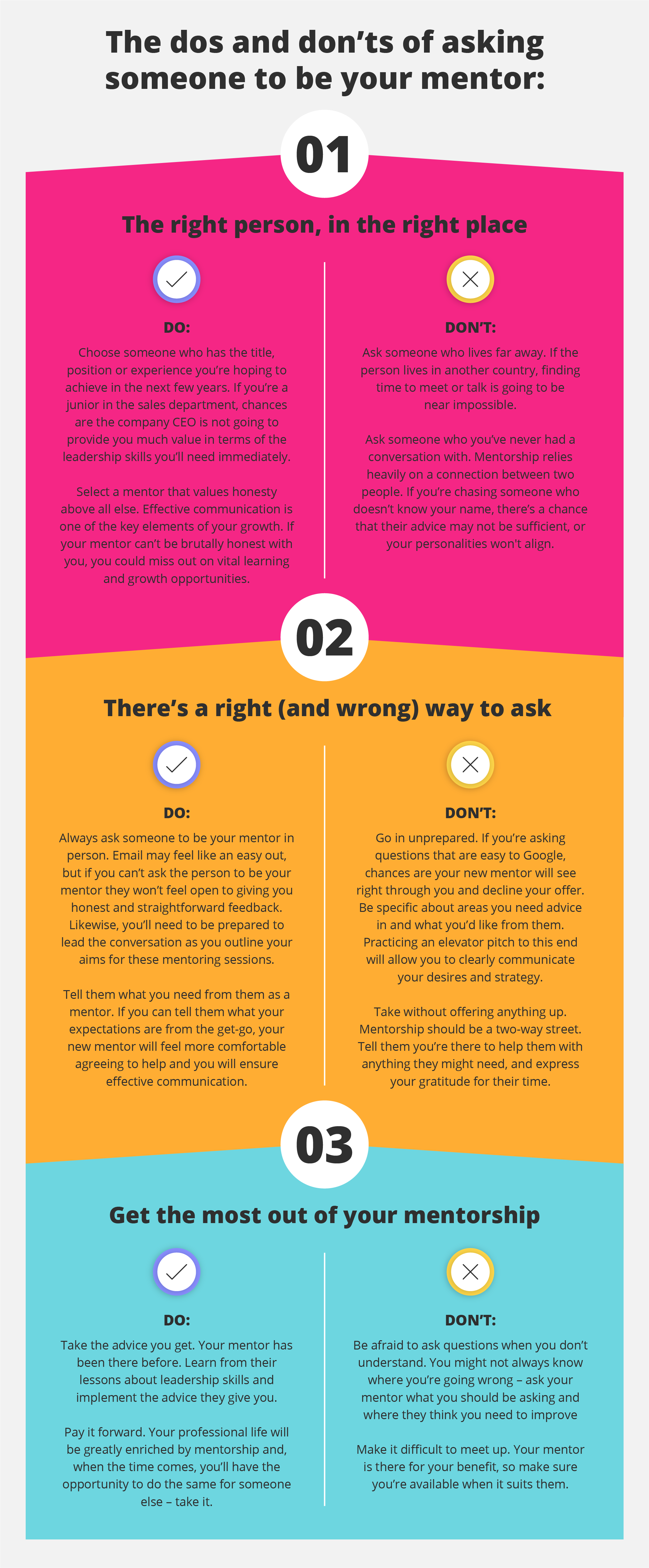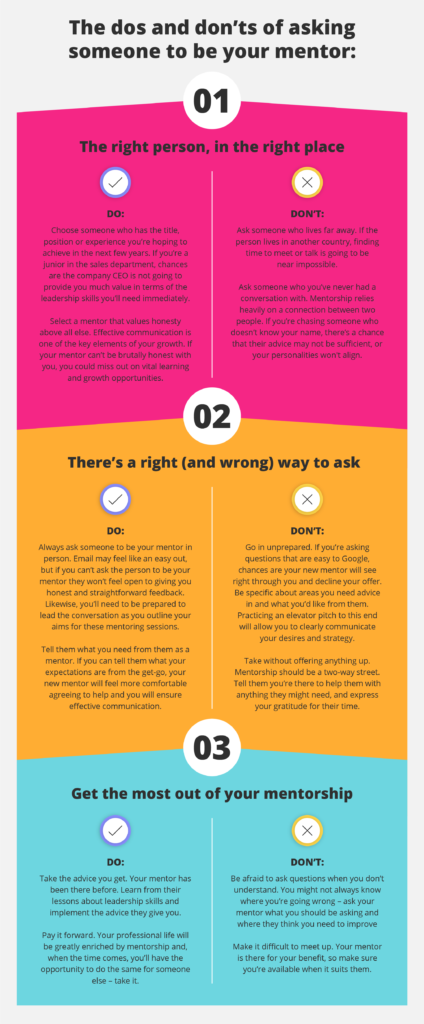Mentalhealth.gov says that Mental health includes our emotional, psychological, and social well-being. It affects how we think, feel, and act. It also helps determine how we handle stress, relate to others, and make choices. Mental health is important at every stage of life, from childhood and adolescence through adulthood.
Over the course of your life, if you experience mental health problems, your thinking, mood, and behavior could be affected.
In the last year with pandemic and lock downs mental health has been more than buzz words, and of course more people have been affected. I always have faith in mentoring and what that can do, but I read this article on linkedin.com that I also want you to read.
Nicola Cronin says that the 2020 Mental Health Awareness Week theme is kindness — which couldn’t be more relevant given the state of the world right now.
Since Covid-19 spread across the globe, isolating people to their homes and disrupting the way we live, something that has stood out most is kindness. Our social media feeds are brimming with stories of acts of kindness from strangers, neighbours are speaking for the first time ever, communities are thriving.
But what aboutbmentoring? Well at its core, mentoring is about helping another person. The term mentor refers to somebody who advises, supports and guides another in the right direction.
There are many benefits of mentoring, which is why this type of relationship is established in schools, universities and organisations the world over. Many celebrities have cited their mentors as having played a huge role in their success, and finding a mentor is on the top of many people’s career development lists. But less often discussed is the positive impact for both the mentee and the mentor that the relationship has on mental health and wellbeing.
Read the whole article here










